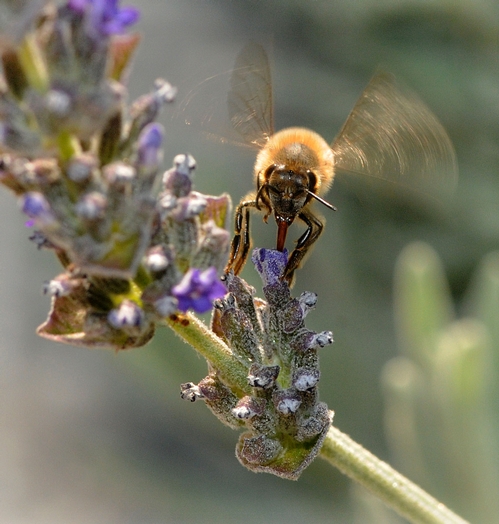Honey bees can fly a distance of about two to two-and-a-half miles.
Golf courses are not bee friendly. There's no forage for bees. Water run-off, containing fertilizer, insecticides and fungicides, is toxic to bees. So, if you're a beekeeper, you know NOT to keep your bees within two and a half miles of a golf course.
With honey bees, PMS means "Parasitic Mite Syndrome."
Beekeeping is big--and getting bigger--in San Francisco. Her Majesty's Secret Beekeeper, a newly opened beekeeping supply and honey shop in San Francisco (3520 20th St.), has received requests from 450 people who wish to be notified of the next beginning beekeeper class. The store just opened June 29.
Globally, there are more than 19,500 identified species of bees; the honey bee is just one of them. California alone has some 20,000 to 30,000 species of bees.
A squash flower opens early in the morning, often before sunrise. Native pollinators known as "squash bees" specialize in nectaring squash and other members of the cucurbits family. Later in the day, the blossom closes. If you open a folded blossom, you might see a male squash bee inside. The male likes to spend the night tucked inside the folded blossom.
It's not true that a typical hive contains only one queen bee. Twenty percent of hives have a queen daughter living there as well. Bottom line: bees don't read the books that say "one queen to a hive." Eventually, the old queen leaves (she swarms, dies, or is killed by worker bees).
Attached Images:

The Buzz